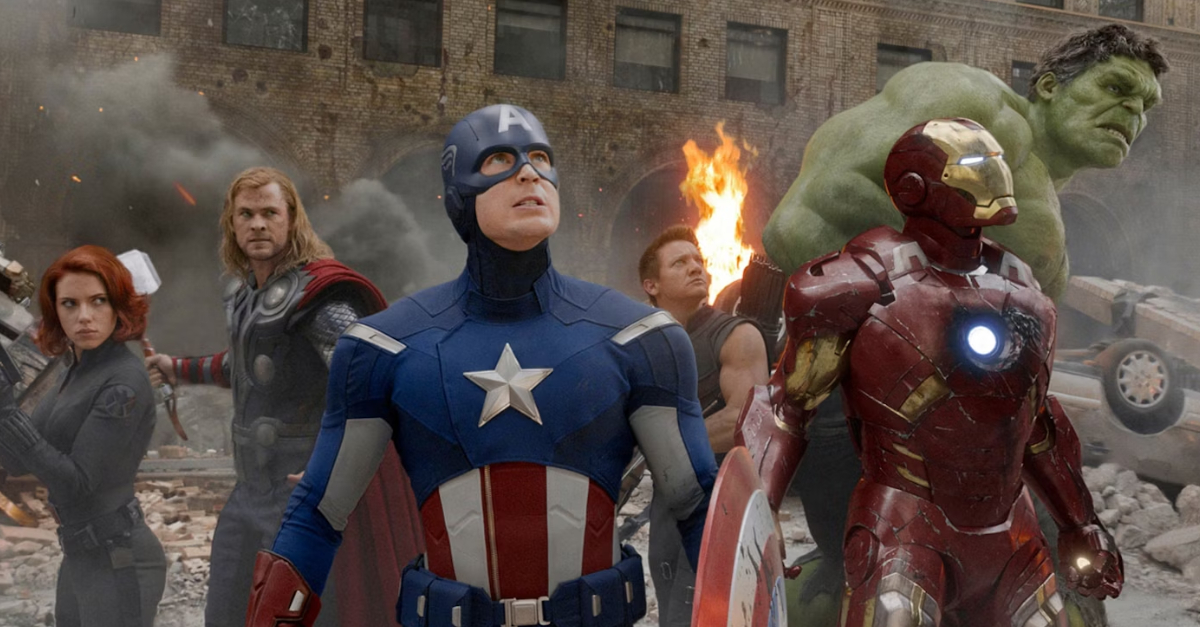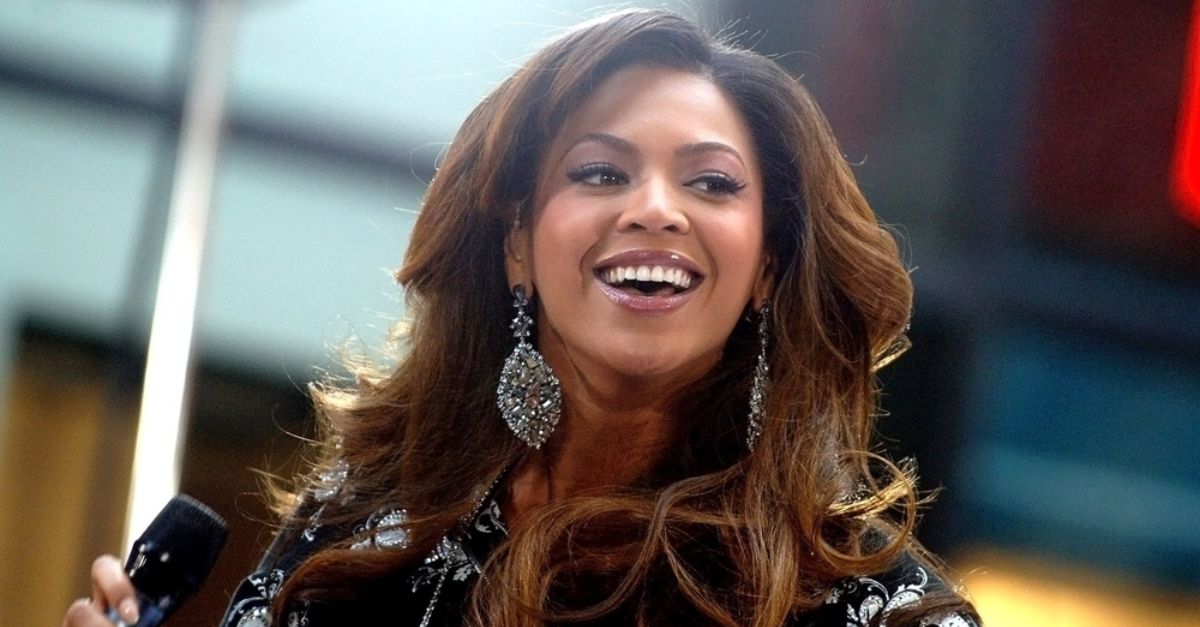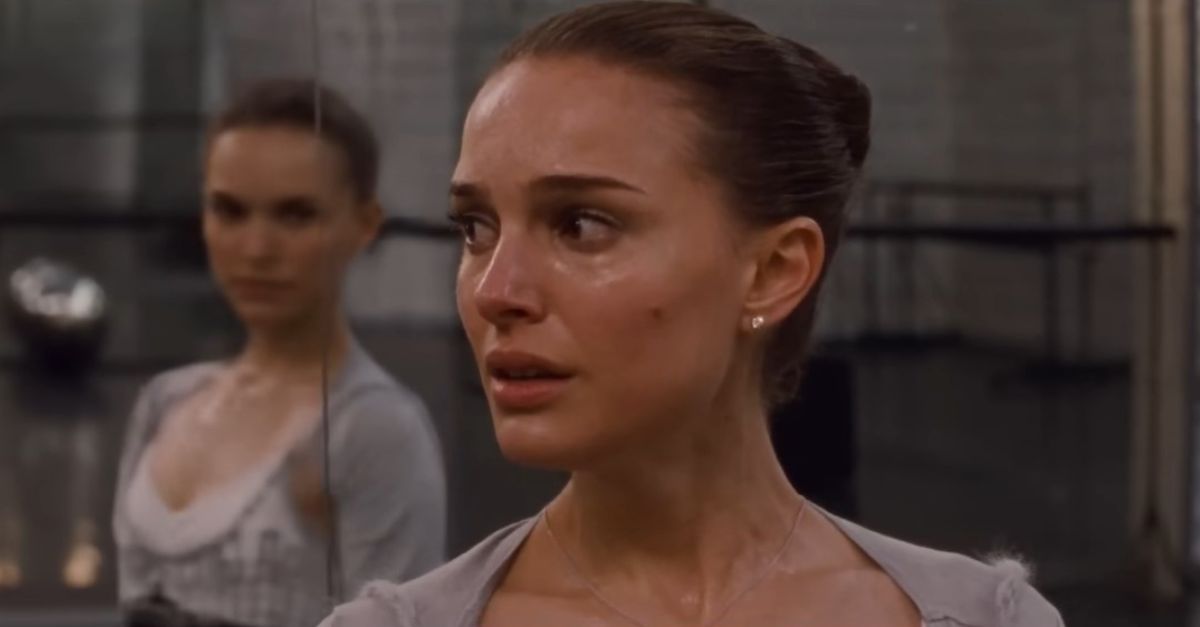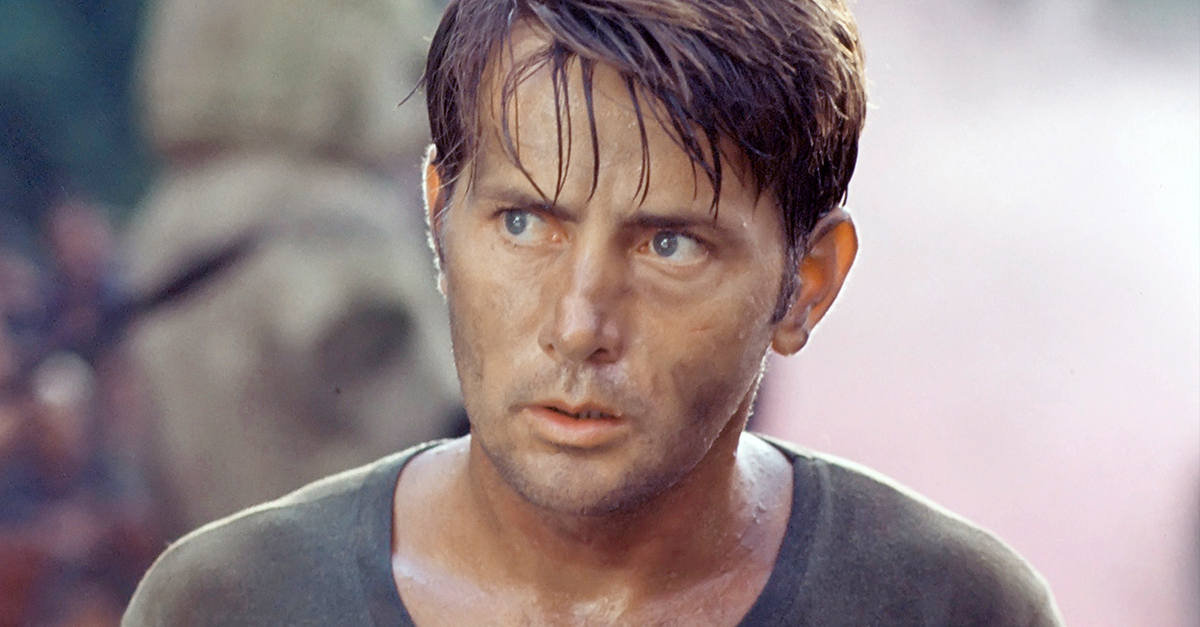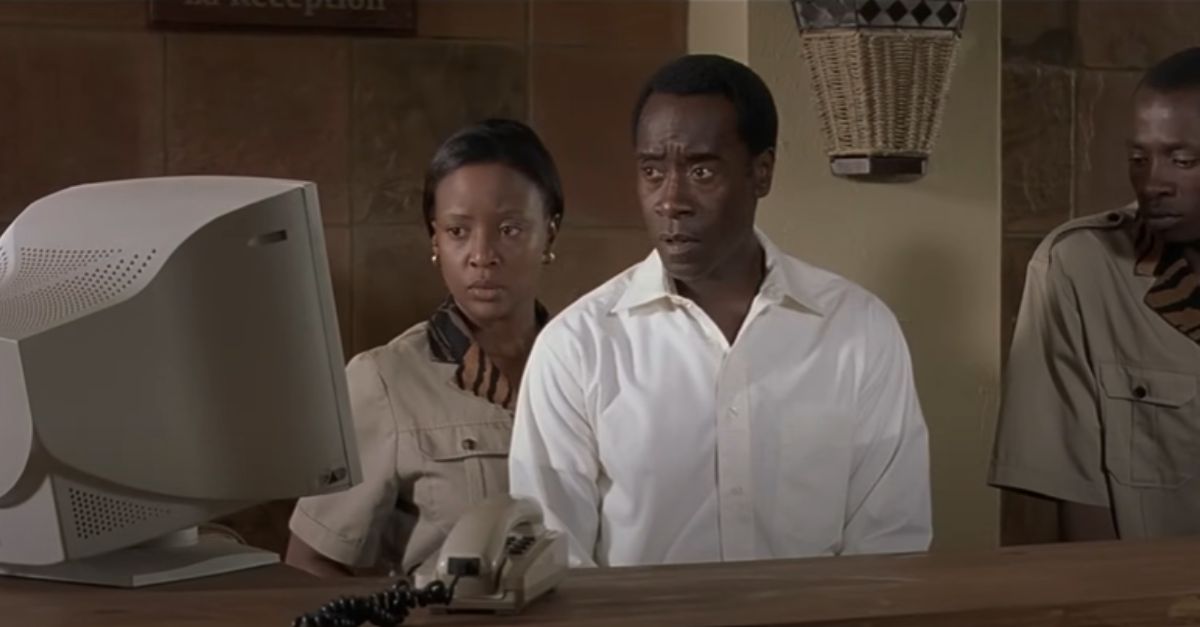Television’s Greatest Game-Changers
TV has come a long way, from simple sitcoms and anthology dramas to highly evolved storytelling that rivals the movies. Some shows, however, didn’t just entertain—they transformed the culture, rewrote the rulebook, and paved the way for what TV could be.

I Love Lucy
Among the earliest sitcom celebrities, I Love Lucy made multi-camera filming in front of a live studio audience and Lucille Ball's innovative physical comedy popular. It proved television could be an influence on mass culture. The show also created the rerun market when Desilu Productions kept the rights, flipping the way TV could be sold and cashed in on. Ball herself became one of the first impactful women off-camera, paving the way for later female artists.
All In The Family
This bold sitcom tackled social issues head-on with an unapologetic main character who challenged viewers to confront their own biases. It established a new benchmark for what the sitcom could address. Norman Lear's groundbreaking scripts made way for socially conscious TV, and the show's willingness to take on taboo subjects reset audience expectations. Its influence can be seen in modern “issue sitcoms” like Black-ish and One Day at a Time.
 CBS, All in the Family (1971–1979)
CBS, All in the Family (1971–1979)
The Twilight Zone
A genre-blending anthology that combined science fiction, horror, and social commentary, The Twilight Zone set the standard for TV storytelling that makes you think and feel. Rod Serling’s narratives frequently doubled as critiques of society, censorship, and morality. Its episodic format gave TV permission to experiment, and many of its stories are still referenced in pop culture today.
 CBS, The Twilight Zone (1959–1964)
CBS, The Twilight Zone (1959–1964)
Star Trek
Known for its optimistic view of the future, Star Trek broke barriers with a diverse cast and tackled social issues via its sci-fi allegory. It inspired generations of fans and future show creators. The series featured the first interracial kiss on American television, breaking representation barriers. Aside from having an impact on the sci-fi world, Star Trek spawned one of the most passionate fan bases in history, influencing conventions, fan fiction, and the popularization of “geek culture” into mainstream.
 Paramount Domestic Television, Star Trek: The Next Generation (1987–1994)
Paramount Domestic Television, Star Trek: The Next Generation (1987–1994)
M*A*S*H
Mixing satire with earnest war commentary, M*A*S*H balanced heartfelt themes and sharp satire—and ended with one of the most-watched finales ever. It normalized dramedy on television, proving shows didn’t have to fit neatly into one genre. Its commentary on the Vietnam War, disguised through its Korean War setting, struck a chord with viewers. The show’s balance of dark subject matter and humor became a template for many later TV series.
The Mary Tyler Moore Show
This show’s portrayal of an independent single woman working in a newsroom was groundbreaking for female representation; it also spun off several other landmark sitcoms. Its ensemble cast structure and workplace setting became hugely influential in shaping later comedies like Cheers and The Office. Mary Richards’ confidence and independence helped shift portrayals of women in media, challenging stereotypes. Its legacy remains in the DNA of female-led workplace comedies.
 CBS, The Mary Tyler Moore Show (1970–1977)
CBS, The Mary Tyler Moore Show (1970–1977)
Dallas
With its dramatic “Who Shot JR?” arc, Dallas showed that serialized storytelling could create a water-cooler phenomenon and drive appointment viewing. The cliffhanger strategy changed how shows built suspense across seasons. It helped prove the viability of prime-time soap operas, paving the way for Dynasty and later Desperate Housewives. That single cliffhanger episode remains one of the most-watched moments in TV history.
The Simpsons
This animated sitcom turned into a cultural lexicon, satirizing American life and giving rise to endless spin-offs, parodies, and imitations. Its satirical edge influenced the tone of adult animation for decades. At more than 30 seasons, it’s the longest-running primetime scripted show in history. The Simpsons’ catchphrases, guest stars, and cultural references have shaped comedy across multiple generations.
 20th Television, The Simpsons (1989–)
20th Television, The Simpsons (1989–)
Twin Peaks
David Lynch’s surreal mystery opened doors for stylish, weird, and dreamlike TV, proving there was an audience for offbeat storytelling on primetime. It blurred the lines between art cinema and television, creating watercooler buzz around its “Who killed Laura Palmer?” mystery. Its bold narrative structure influenced later prestige dramas like Lost and True Detective. Though short-lived, its reputation only grew in hindsight, especially after its revival decades later.
 ABC, Twin Peaks (1990–1991; 2017)
ABC, Twin Peaks (1990–1991; 2017)
The X-Files
Mixing conspiracy, horror, and procedural formats, The X-Files inspired a wave of genre hybrids and shaped how fandoms and serialized mythmaking function on TV. Mulder and Scully became pop culture icons, embodying skepticism and belief. Its blend of standalone episodes and overarching mythology influenced shows like Fringe and Supernatural. It also helped build the foundation for “shipping” fan culture, which thrives online today.
 20th Television, The X-Files (1993–2018)
20th Television, The X-Files (1993–2018)
Buffy The Vampire Slayer
A genre-breaker, Buffy combined sharp writing, genre mashups, and strong female leads—ushering in a new era of smart, emotionally rich shows. It explored themes of adolescence, empowerment, and identity through supernatural metaphors. Buffy’s character arc inspired a generation of strong heroines in media. The show’s format of “big bad” villains per season also influenced serialized storytelling structures.
 20th Century Fox Home Entertainment, Buffy the Vampire Slayer (1997–2003)
20th Century Fox Home Entertainment, Buffy the Vampire Slayer (1997–2003)
The Sopranos
Often seen as the first great prestige drama, The Sopranos brought cinematic storytelling to TV, showing that antiheroes and emotional depth could rule primetime. Its morally complex Tony Soprano redefined what a TV protagonist could be. The show’s use of therapy sessions allowed for layered psychological storytelling rarely seen on TV before. Many of today’s dramas—Breaking Bad, Mad Men, Succession—owe their DNA to The Sopranos.
The Wire
Through its gritty portrayal of urban institutions, The Wire illustrated how TV can act as a profound vehicle for social commentary as much as entertainment. It captured the systemic failings of cities with near-documentary realism. Critics praised its ability to humanize characters on all sides of the law. Though under-watched during its initial run, it’s now studied in classrooms as one of TV’s most important works.
Breaking Bad
Its meticulous storytelling, moral complexity, and cinematic quality set a new standard for storytelling on cable TV. Walter White’s transformation into Heisenberg became one of the most iconic arcs in TV history. The show’s sharp use of visual symbolism and narrative tension redefined how suspense could be built on screen. Its success also proved the power of streaming, as many discovered it on Netflix after its initial broadcast.
Lost
Ambitious, mystery-driven, and serialized, Lost reshaped how audiences could engage with complex, mythology-heavy TV narratives. Its ensemble cast and sprawling mysteries made appointment viewing an event. Fans theorized endlessly online, making it one of the first shows to merge fandom with internet culture. While its ending remains divisive, its influence on modern serialized TV is undeniable.
Survivor
This reality competition changed television by launching the reality TV boom, proving that unscripted formats could dominate mainstream viewing. Its “tribal council” and voting mechanics created drama unlike scripted shows. Survivor proved that interpersonal strategy could be as gripping as fictional plots. Its longevity speaks to its influence, inspiring countless other reality competitions.
Friends
This cultural juggernaut shaped 1990s sitcom aesthetics, popularized ensemble casts centered around young adults, and remains endlessly rewatchable. Its influence is seen in shows from How I Met Your Mother to New Girl. The Ross and Rachel will-they-won’t-they dynamic set a template for modern rom-coms. Even today, it’s one of the most-streamed sitcoms in the world.
Seinfeld
The “show about nothing” pushed sitcom writing toward observational, clever, and self-referential humor, influencing countless comedies afterward. Its unique focus on minutiae of daily life redefined what sitcom plots could be. Characters like Kramer and George became archetypes for quirky, flawed protagonists. It also influenced meta-comedy, paving the way for shows like Curb Your Enthusiasm.
The Office
Its mockumentary style gave rise to a new sitcom template—personal, awkward, and meme-ready—that’s been imitated by dozens of shows worldwide. Its single-camera format without a laugh track changed how workplace comedy felt. The awkward pauses and talking-head interviews became instantly iconic. It also played a huge role in streaming success, with Netflix’s The Office binge culture cementing it as a modern classic.
Game Of Thrones
High-budget fantasy for TV audiences, this epic series rewrote production values, fandom culture, and serialized storytelling in the modern era. With dragons, battles, and shocking twists, it proved TV could match cinema’s spectacle. Despite a controversial ending, its cultural dominance for nearly a decade is unmatched. It also spurred the current wave of fantasy series adaptations.
 HBO, Game of Thrones (2011–2019)
HBO, Game of Thrones (2011–2019)
Chernobyl
A miniseries that demonstrated TV’s ability to deliver cinematic-scale drama with true historical impact and emotional weight. It reconstructed the Chernobyl disaster with chilling realism, bringing historical storytelling to mass audiences. Its meticulous attention to detail elevated miniseries as a prestige form. The show’s resonance also highlighted the importance of accountability and truth in historical retellings.
The Crown
Bringing lavish production to streaming, The Crown raised expectations for period drama quality and prestige in the digital age. Its massive budgets set new standards for streaming services like Netflix. Beyond entertainment, it reignited global fascination with the British monarchy. Each cast refresh proved long-running dramas could reinvent themselves without losing quality.
Community
Known for its meta storytelling, genre parodies, and inventive narrative structure, Community showed that sitcoms could be daring and smart. Dan Harmon’s 'story circle' approach became influential for TV writers. Its experimental episodes—like paintball wars or animated parodies—became fan favorites. Though ratings were low, its cult following remains passionate, pushing for the long-promised movie.
Fleabag
With its direct-to-camera monologues and refreshing honesty, Fleabag reset how TV could feel intimate and daringly personal. Phoebe Waller-Bridge’s performance blurred the line between actor and audience. Its second season, featuring the 'Hot Priest' storyline, became a cultural sensation. The show’s blending of comedy and raw vulnerability influenced a new generation of storytellers.
 Amazon Prime Video, Fleabag (2016–2019)
Amazon Prime Video, Fleabag (2016–2019)
Better Call Saul
A spin-off that showed how a prequel could stand on its own—deepening characters and expanding storytelling possibilities in serialized drama. It traced Jimmy McGill’s tragic evolution into Saul Goodman with heartbreaking precision. The series matched, and some argue surpassed, Breaking Bad in character development. Its unique pacing proved that spin-offs could achieve true artistic merit.
 AMC, Better Call Saul (2015–2022)
AMC, Better Call Saul (2015–2022)
Rick And Morty
This animated adult series blends existential philosophy, genre satire, and frantic creativity—becoming a defining voice for millennial humor. It uses sci-fi absurdity to comment on family dysfunction and nihilism. Its fan culture has been both influential and controversial, highlighting how shows can spill beyond the screen.
 Adult Swim, Rick and Morty (2013– )
Adult Swim, Rick and Morty (2013– )
Stranger Things
A nostalgic mash-up of 80s adventure and horror tropes, this show revived genre affection and spurred a wave of retro-styled storytelling. Its young cast became breakout stars, cementing Netflix as a powerhouse. The show also bridged generations, appealing to both adults who lived through the 80s and kids discovering it anew. Its marketing and cultural impact made it a streaming-era juggernaut.
 Netflix, Stranger Things (2016–)
Netflix, Stranger Things (2016–)
Empire
By centering Black artists and featuring music-driven drama, Empire brought a fresh, serialized design to broadcast TV and cultural representation. It became a ratings powerhouse almost overnight. The show’s blend of soap opera theatrics and hip-hop culture was groundbreaking. It also launched soundtracks that topped real-world music charts, merging TV with the music industry.
Atlanta
Blending surrealism with comedy and social commentary, Atlanta showed how comedies could become cultural and political critiques at once. Donald Glover’s unique vision made each episode feel like a short film. It pushed the boundaries of tone and format, from horror-inspired episodes to biting satire. Its willingness to experiment makes it one of the most acclaimed shows of the 2010s.
Mad Men
Its stylish aesthetic, period detail, and slow-burn character study elevated TV drama into high-culture territory. The exploration of 1960s social change through Madison Avenue advertising was both beautiful and biting. Don Draper became an antihero as complex as Tony Soprano or Walter White. The show also redefined costume design and period accuracy on TV, influencing a wave of prestige dramas.
 AMC Networks, Mad Men (2007–2015)
AMC Networks, Mad Men (2007–2015)
The Cosby Show
By depicting a prosperous, loving African American family, The Cosby Show redefined representation on TV and paved the way for more inclusive storytelling. It was one of the most-watched shows of the 1980s, changing perceptions of what audiences wanted to see on primetime. Despite later controversies surrounding Bill Cosby, the show’s cultural importance in showcasing Black excellence remains undeniable. It also boosted careers of countless other Black creatives in Hollywood.
 NBC, The Cosby Show (1984–1992)
NBC, The Cosby Show (1984–1992)
You May Also Like:
The 15 Most Influential Television Hosts Ever
The Most Influential Women In Rock You May Not Have Heard Of


















